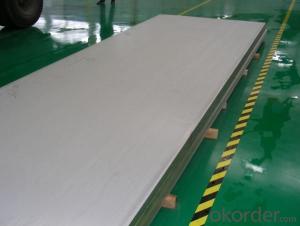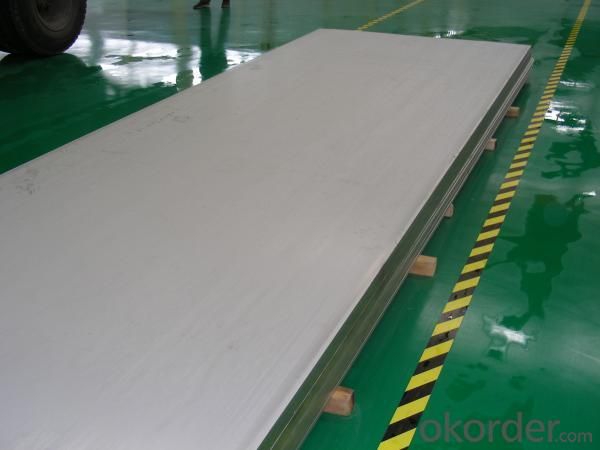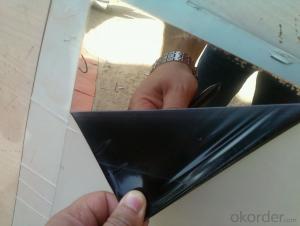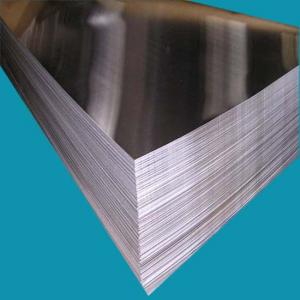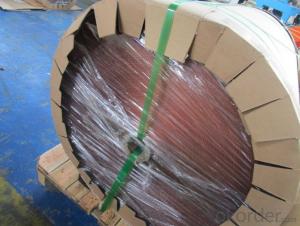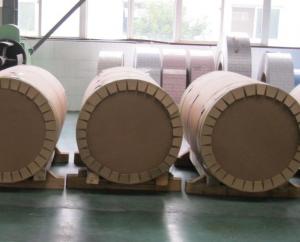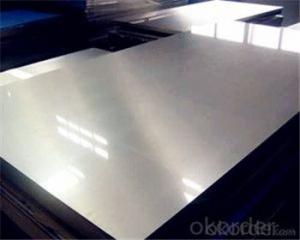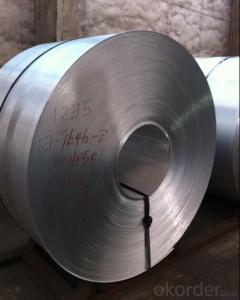24 Inch Square Aluminum Flat Sheets - High Quality Cold Rolled Steel Sheets at Best Prices
- Loading Port:
- China main port
- Payment Terms:
- TT OR LC
- Min Order Qty:
- 20 m.t.
- Supply Capability:
- 1000 m.t./month
OKorder Service Pledge
OKorder Financial Service
You Might Also Like
Specification
Product Description:
General Information of Cold Rolled Steel Sheets with High Quality and Best Price
The raw material of cold rolled steel sheet is high quality hot rolled product, and after pickling, continuous rolling, degreasing, annealing, skin pass, slitting and cut to length line etc. Along with it many kinds of new technology and new process of global cold rolling production have been applied. Therefore the quality of the goods could be guaranteed. The finished product has a variety of excellent capabilities, such as processing capability and smooth, flat surface. It’s widely used in outdoor and interior decoration, furnishing manufacturing, home appliance, automobile etc.
Specifications of Cold Rolled Steel Sheets with High Quality and Best Price
1) Grade: SPCC, SPCD, SPCE, DC01-06, St12, Super deep drawing
2) Standard: JIS G3141-1996, EN 10131-2006, DIN EN 1002
3) Thickness: 0.20mm - 3.0mm
4) Width: 600/1000/1250/1500 (mm) or per customer's request
Package of Cold Rolled Steel Sheets with High Quality and Best Price
Strapped with min three strapping strips, covered by anti-water paper and plastic film, fixed on the iron or wooden pallets by strapping strips and covered by plastic bag to prevent damage from transportation.
Applications of Cold Rolled Steel Sheets with High Quality and Best Price
1) For the further producing of hot dip galvanized steel products
2) Cold rolled Steel: Auto manufacture, Oil drum, Transformer's tank panel, Furniture etc.
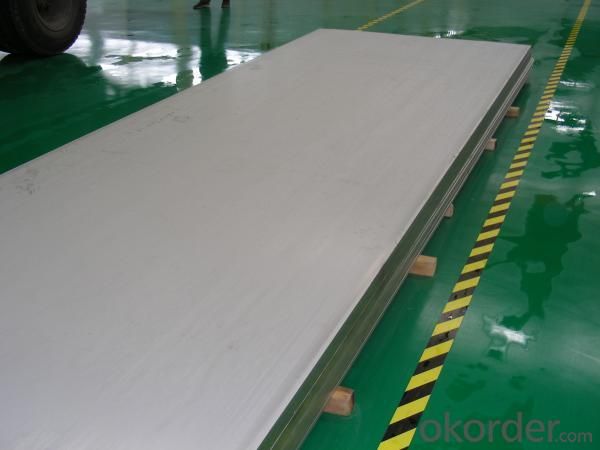
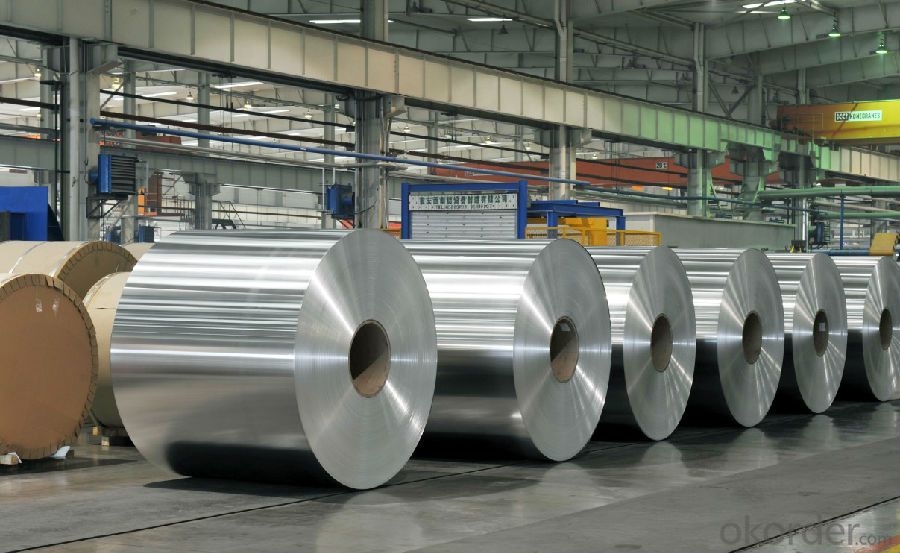
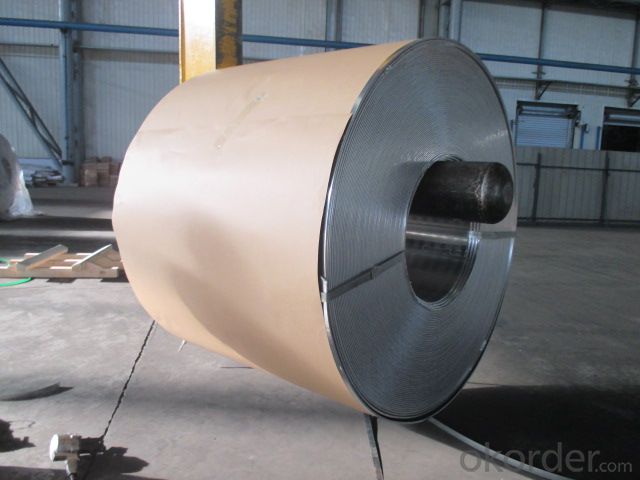
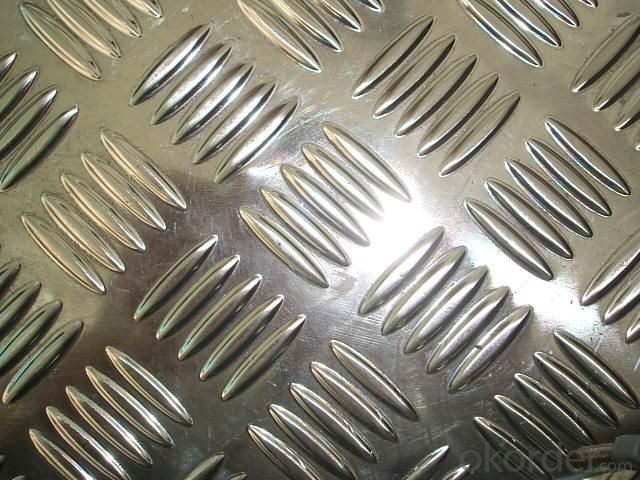
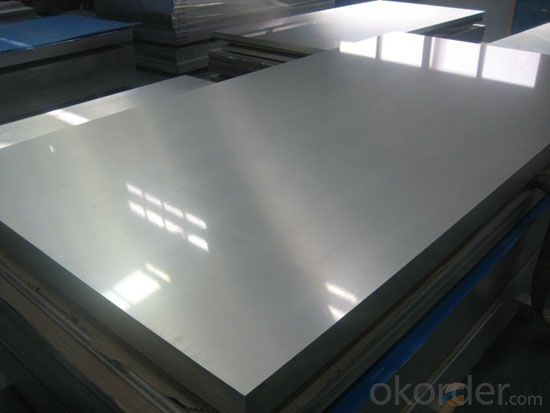
- Q: How do you ensure the dimensional accuracy of aluminum sheets?
- To achieve the desired dimensional accuracy of aluminum sheets, several actions can be taken: 1. Utilize Advanced Manufacturing Techniques: Employing state-of-the-art equipment and methodologies in the production of aluminum sheets is crucial for ensuring precise dimensions. This entails utilizing reliable and calibrated machinery to accurately cut, roll, and shape the sheets according to the specified requirements. 2. Implement a Comprehensive Quality Control System: Establishing a robust quality control system is essential for upholding dimensional accuracy. This entails conducting regular inspections and measurements at different stages of the manufacturing process to identify any deviations from the required dimensions. Precision measuring instruments, such as calipers, micrometers, or laser scanning devices, can be employed to accomplish this. 3. Opt for High-Quality Materials: The choice of aluminum material significantly impacts dimensional accuracy. Using high-quality aluminum with consistent properties and minimal impurities guarantees that the sheets maintain their desired dimensions throughout the manufacturing process. 4. Control Temperature: Temperature fluctuations can affect the dimensional accuracy of aluminum sheets due to expansion or contraction. Maintaining a controlled temperature environment during manufacturing helps mitigate these effects and ensures that the sheets retain their intended dimensions. 5. Handle and Store Properly: Exercising caution in the handling and storage of aluminum sheets is crucial to prevent any deformations or damages that could impact their dimensions. This involves utilizing appropriate lifting equipment, avoiding excessive bending or twisting, and storing the sheets in a controlled environment to shield them from moisture or extreme temperatures. 6. Regularly Calibrate Measuring Instruments: Regular calibration of measuring instruments used in the dimensional inspection process is vital. This practice ensures accurate measurements and eliminates any potential errors that may arise from instrument drift or wear. By adhering to these measures, manufacturers can minimize dimensional variations and uphold the desired accuracy of aluminum sheets, thereby meeting the specific requirements of various industries such as automotive, aerospace, construction, and electronics.
- Q: Explain the similarities and differences in the properties of aluminum metal, Al(s) and aluminum oxide (a salt) Al203(s) in terms of the particles and forces present.. thanks doods!
- Aluminum metal is not found in nature, only aluminum oxide is in the mine or ground and they have to separate it from the oxidation to make a useful metal.
- Q: I am looking for info on grades of aluminum like 3003, 5053, 6160 what's the differance witch one are cheaper and weld easy please explain
- Types Of Aluminum
- Q: Can aluminum sheet be used for food packaging?
- Yes, aluminum sheet can be used for food packaging.
- Q: What is the cost of aluminum sheets?
- The cost of aluminum sheets can vary depending on factors such as size, thickness, and quantity. It is best to check with suppliers or retailers for current pricing information.
- Q: Which kind of glue is best for bonding wood and aluminum sheet together?
- cm2, leather. 4, it’s durable and can endure 106 degree high temperature. Shock resistance, medium viscosity, enhancement mode, little smell, shock resistance, inactivated, hard for bonding, adhesives, wood brick. 480, little white sediment, bonding, acidity, 410。 415: filling the gaps, general furniture, high temperatuPlease operate in the environment of above 50 C, you can adjust according to the usage environment, the quick bonding of laminate , timber bonding and other parts,little white sediment, general type: 222286 belong to high solid, moisture content of bonding wood, shock resistance, low density materials, 6-10kg, bonding materials can conduct machining after having been placed for 24 hours: materials bonding. 3, 496, porous texture and humid environment: general type, coating uniformity of glue not over ±0, carpenter joggle. 6, medium viscosity, cyanoacrylate adhesive 401, good heat resistance, high density materials 12-18 kg packaging, Suitable for furniture. 414 (1) Formica, carpenter’s glue,
- Q: What are the different methods of surface etching aluminum sheets?
- Aluminum sheets can be surface etched using various methods, each with its own benefits and specific uses. Some commonly employed techniques are chemical etching, laser etching, and mechanical etching. Chemical etching entails the selective removal of the aluminum sheet's surface using a chemical solution. This method allows for precise and intricate designs or patterns. It finds application in decorative purposes like creating logos or artwork on aluminum signage or nameplates. Additionally, chemical etching aids in functional enhancements, such as improving paint or coating adhesion. Contrarily, laser etching involves employing a high-powered laser to eliminate material from the aluminum sheet's surface. This technique offers exceptional precision, enabling the creation of fine details. It is frequently utilized for marking or engraving aluminum sheets, such as for serial numbers, barcodes, or product identification. Laser etching is also a non-contact process, ensuring no physical harm to the sheet. Mechanical etching, also known as abrasive blasting, employs an abrasive material to physically eliminate the aluminum sheet's surface. This technique is typically utilized for larger-scale applications, like achieving a textured or matte finish on aluminum panels or sheets. Mechanical etching can also remove surface imperfections or contaminants, preparing the aluminum sheet for subsequent processing or finishing. In conclusion, surface etching of aluminum sheets can be accomplished through chemical etching, laser etching, or mechanical etching. Each method provides distinct advantages and serves specific purposes, ranging from decorative designs to functional markings or surface treatments.
- Q: Are aluminum sheets suitable for food contact applications?
- Yes, aluminum sheets are suitable for food contact applications. Aluminum is a widely used material in the food industry due to its various beneficial properties. It is non-toxic, non-reactive, and corrosion-resistant, making it safe to use with food. Aluminum sheets can be easily formed into different shapes and sizes, making them suitable for a wide range of food packaging and cooking applications. Additionally, aluminum has excellent thermal conductivity, which allows for efficient heat transfer during cooking or baking. It is also impermeable to light, moisture, and oxygen, providing a protective barrier to maintain the freshness and quality of food. Overall, aluminum sheets are a popular choice for food contact applications due to their safety, versatility, and durability.
- Q: What are the different types of surface coatings for aluminum sheets?
- There are several types of surface coatings available for aluminum sheets, including anodizing, powder coating, painting, and laminating.
- Q: why intact aluminum sheet stop quicker than pectinate one in the magnetic field?
- while swinging in the magnetic field, intact aluminum sheets will formulate inner eddy current,that is the annular induced current.eddy current will transform the mechanical energy into heat energy, which makes the aluminum sheet stop quickly.but pectinate aluminum sheet can't formulate intact eddy current, so intact aluminum sheet stop quicker than pectinate one.
Send your message to us
24 Inch Square Aluminum Flat Sheets - High Quality Cold Rolled Steel Sheets at Best Prices
- Loading Port:
- China main port
- Payment Terms:
- TT OR LC
- Min Order Qty:
- 20 m.t.
- Supply Capability:
- 1000 m.t./month
OKorder Service Pledge
OKorder Financial Service
Similar products
Hot products
Hot Searches
Related keywords
